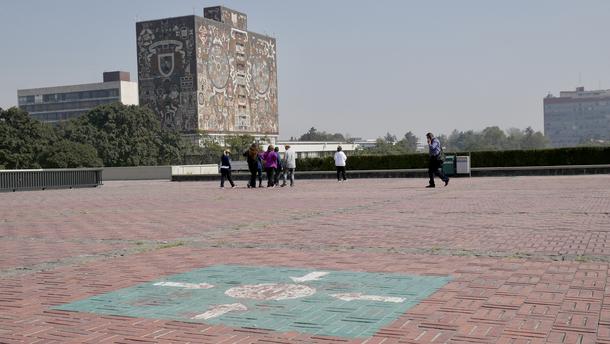Mexico City, CDMX
With close to 21 million citizens La Ciudad de México, or CDMX as it is now called, is a Megacity.
Due to the danger of earthquakes the buildings in the old center are, with few exceptions, no taller than 6-7 floors, while the newer earthquake-protected neighbourhoods rise somewhat higher.
The city therefore covers a vast area and although the city has a well-developed subway and bus system, it can take hours to get from one end of the city to another.
Cultures in Mexico City
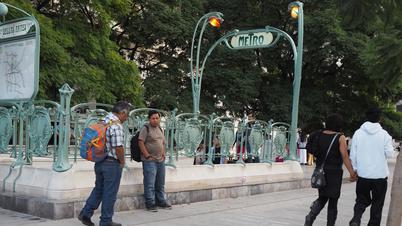
In 1985 a particularly violent earthquake shook CDMX. The quake measured 8.1 on the Richter scale, and even though the epicenter was 400 km away, the effect on the city was devastating. La Torre Latinoamericana held out, but a large number of the buildings in the center were laid in ruins.
Since then new buildings are constructed to be earthquake-proof, but the earthquake is part of the reason why the entire center is not gentrified, the way it’s seen in many other million cities in the Western world.
See also: más sobre ...
CDMX is still attracting more residents from all over the country. The migrants' luggage of cultures blend together and gives the metropolis the multifaceted expression that meets the visitor. In the next chapters you will find some of them.
Within walking distance you can move from Zócalo's stylish shops and expensive restaurants, party with Tequila and hire Mariachis at the Plaza Garibaldi, hear Rap or Opera in the park at Bellas Artes or visit Doña Queta and Temple of La Santa Muerte in the Tepito neighbourhood. If you can find a taxi that dares drive you there...
La Torre Latinoamericana, Alameda Central and Bellas Artes
La Alameda at Bellas Artes was beautifully restored in 2012, with the help of, among others, the wealthy Carlos Slim (see Economía), but only a few blocks away you find badly neglected neighbourhoods.
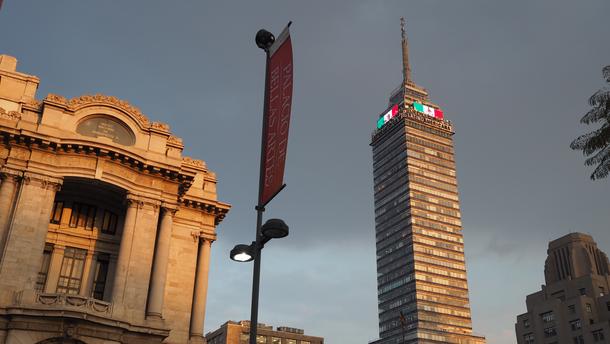
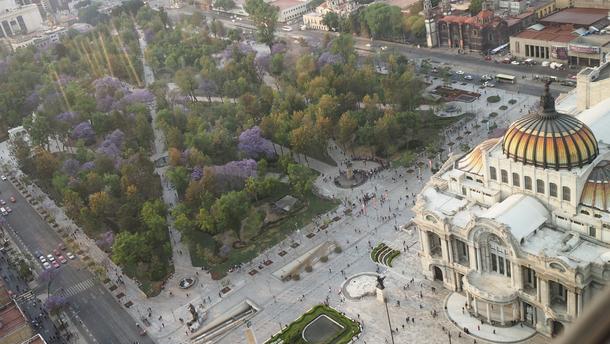
El Centro Histórico
Modern Mexico City is literally built on top of the Aztec capital Tenochtitlán which with its 200,000 inhabitants was one of the world's largest cities at that time.
The Spaniards destroyed the city in 1520 and recycled a great part of the stones. If you look at the rear of the Cathedral at the Zócalo, you'll recognize the stones of the Templo Mayor, the Aztec Temple situated just next to it.
Archaeological finds are still emerging beneath the streets around El Templo Mayor and Zócalo Square.
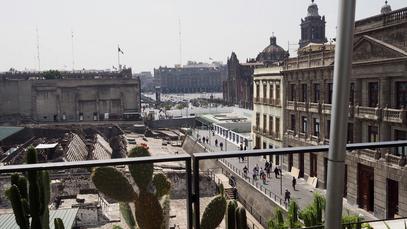

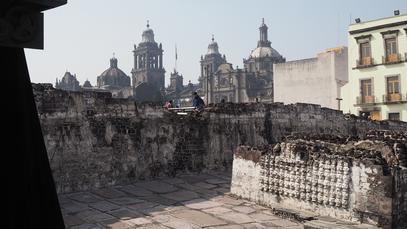
La Alameda Central
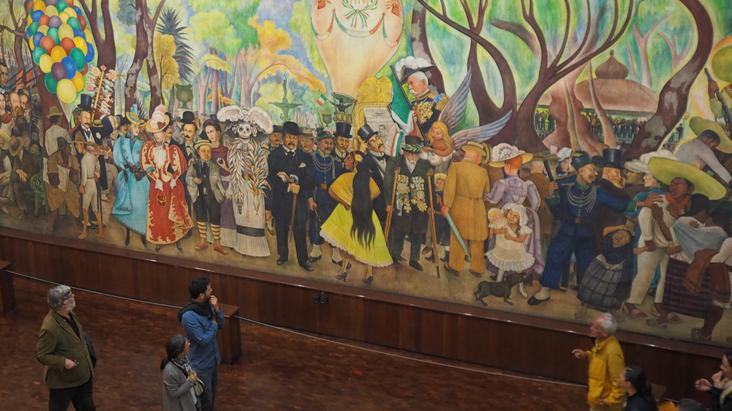
La Alameda Central was founded on top of a former Aztec marketplace, so it is nothing new that people gather here.
The avenue with poplars and jacaranda trees is also the center of the famous mural painting Sueño de una tarde dominical a La Alameda Central from 1946-47 by Diego Rivera.
The painting portrays characters from the history of Mexico: La Malinche and Porfirio Díaz are seen together with La Calavera Catrina, and Diego Rivera has painted himself as a child together with his wife, Frida Kahlo.
The painting is to be seen at the Museo Mural Diego Rivera on one end of La Alameda. In the photo the painting is admired at the museum.
Más sobre... sismos y terremotos
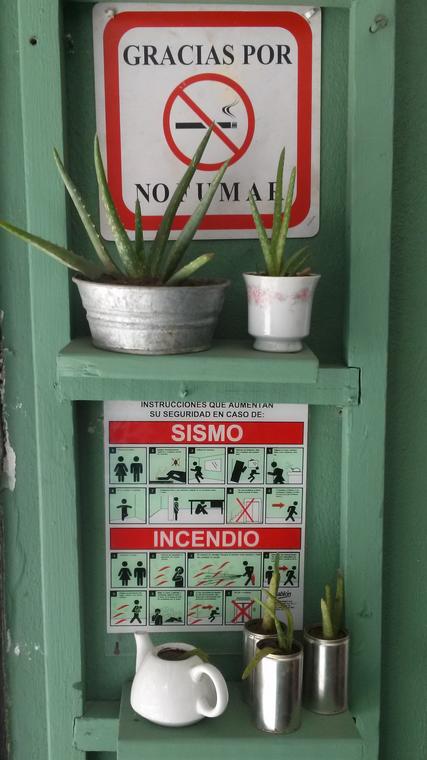
The earthquake that hit Mexico on Friday, September 8, 2017, also measured 8.1 on the Richter scale, but this time the epicenter was in Southern Mexico, so the damage was worst there.
However, on September 19, 2017, just on the anniversary of the great earthquake of 1985 and a few hours after the annual earthquake alert practice, the alarms sounded again when a new earthquake shook the Megacity.
This earthquake measured 7.1 on the Richter scale, but as the epicenter this time was in Puebla, only approx. 150 km away it caused several buildings to crash and roads to collapse.
Worst affected were the center and the area around Xochimilco, the favorite place for a Sunday outing.
The big difference from the earthquake of 1985 to the present is the higher awareness: both earthquake protection of buildings and of the safety measures taken by the population. All public places have earthquake strategies now, and this time the death toll was limited to 305 (167 in Ciudad de Mexico) compared to the 10,000 people who were reported dead or missing after the1985 earthquake.
Also, this time the disaster gave rise to huge solidarity work in the city. People organized themselves in auxiliary brigades, donated water and blankets or made sandwiches for the workers.
Read more about solidarity and relief work in connection with the earthquake in 2017 solidarity and relief work
Get information on the latest earthquakes in Mexico on UNAM's page
